Extended reality (XR) is one of the essential terms in the modern tech sphere. But it’s also one of the less commonly discussed. People talk about elements of XR but seldom take a step back to consider the totality of this transformative technology. But you’ll soon change all that as you delve into this exciting new digital world.
Quick Menu:
- Extended Reality and the Metaverse as a Whole
- What Is Extended Reality?
- What Is the Virtuality Continuum?
- Components of Extended Reality
- The Main Extended Reality Devices
- Extended Reality Industry Examples
- Biggest Players in Extended Reality
- Extended Reality Concerns
Extended Reality and the Metaverse as a Whole
Extended reality is often discussed in the context of the larger metaverse. And to understand XR, you also need to understand the metaverse. The metaverse can be most easily understood as a realm that exists as a bridge between two worlds. The online world and all of the Internet’s data are on one side. On the other is the physical world you usually live in. A door to the metaverse is opened whenever someone moves something from one of these realms into the other.
For example, virtual reality (VR) headsets can move physical beings into digital worlds. Augmented reality (AR) apps can superimpose digital content onto the physical world through devices as widespread as smartphones. And mixed reality (MR) comes about through a more technologically advanced anchoring of augmented reality into physical environments.
It’s essential to keep in mind that the metaverse is still young and constantly growing. But it’s also “always on” and persistent. You can always jump into the metaverse. And the metaverse’s inherently social nature means you can bring friends along. You can learn more about the metaverse in the article “Metaverse Guide; Understanding The Basics Will Open Up a New World”.
What Is Extended Reality?
You’ve just seen a wide range of technologies that can access the metaverse. And all of them exist under the more extensive umbrella term of extended reality. As the name suggests, extended reality describes situations where technology extends your reality to encompass the digital realm. AR, VR, and MR are examples of extended reality. But new implementations are sure to enter the market as time goes by.
Of course, extended reality itself is still a relatively new development. The world has only begun to sample what the platform offers. But 60% of polled experts believe that XR will be fully mainstream within the next five years. Early adopters within both personal and enterprise-level spheres have already experienced significant benefits from these technologies. And this is still just the early stages of overall adoption. XR holds potential for almost every part of your life.
What Is the Virtuality Continuum?
Perhaps the most confusing aspect of extended reality stems from the way different parts relate to each other. But this aspect is more easily understood by looking at XR as a continuum. Think about the difference between the top of the ocean and the bottom. The two extremes are pretty dissimilar. But you wouldn’t see many variations if you only go one inch away from either. This is similar to extended reality’s existence as a virtuality continuum. Continuums are distinct at the extreme ends but only change slowly as you move from one implementation into another, much like descending into the continuum of the ocean’s waters.
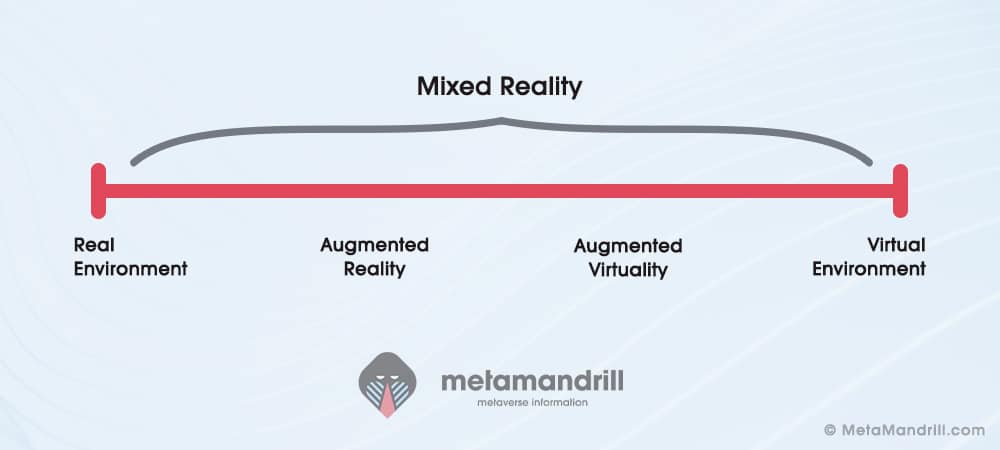
The virtuality continuum of extended reality can be conceptualized as a categorized system. The first part is AR, at the physical extreme of the continuum. AR is the physical world augmented with digital elements, but these elements are usually just digital objects or overlays. You’ll find virtual reality on the other side. It uses a VR headset to immerse you into the digital realm fully. Meanwhile, mixed reality sits in between those two extremes. The digital elements from augmented reality exist in a more context-aware state that can interact with the physical environment.
Components of Extended Reality
What goes into an extended reality device? Saying that it takes a lot to create an XR system would be a tremendous understatement. A vast array of hardware and software solutions need to come together for any form of extended reality. But the following components are among the most important.
Augmented Reality
Augmented reality represents the most physically oriented part of both extended reality and the larger virtuality continuum, focusing on the user’s view of the world. It’s all about adding additional information or context to physical spaces. But the physical space is still the priority. This is part of the reason why AR often uses relatively common visual components like a smartphone display rather than headsets. Digital information is essential but still a secondary factor in the overall experience.
AR typically operates through overlays on a 2D screen. For example, a retailer might set up a system where shoppers can see text overlays describing special deals or discounts on specific items. The apparent benefits from retail may have slowed down overall adoption. But people have discovered that AR goes far beyond shopping trips. This is also because many of the biggest names in mobile technology have put their weight behind AR development.
For example, Android and iOS have had dedicated augmented reality development environments for some time. And games like Pokémon GO have brought augmented reality experiences to people who’d never even heard about extended reality before the game. You can discover more about the history and technologies of augmented reality in the article “Augmented Reality; Learn About AR Tech, Use Cases, Devices, and More!”.
Video: Pokémon GO Fest 2022
Mixed Reality
Mixed reality is often seen as one of the youngest forms of extended reality. While that’s true, you shouldn’t take that to mean the concept doesn’t have some history behind it. The phrase mixed reality was coined in 1994 by Fumio Kishino and Paul Milgram in “A Taxonomy of Mixed Reality Visual Displays”. Their paper laid out a vision of mixed reality which isn’t too different from the actual implementations seen today.
And the implementations certainly can be impressive. Augmented reality brings digital elements into the physical world. But mixed reality more thoroughly blurs the lines between the two. When mixed reality entities appear in physical space, they can understand physical limitations and barriers. The key differentiating factor between AR and MR is interactability. AR interactions are typically limited to predefined options.
But MR provides rich interaction between physical and digital entities and might even produce emergent behavior. Actual implementations of MR are far rarer and more expensive than AR. But it’s already taking on important roles in educational institutions and industries. You can discover more about this new and advanced entry into the world of extended reality in the article “Mixed Reality; Everything to Know About MR Technologies”.
Video: Microsoft Mesh
Virtual Reality
Virtual reality may be the most commonly discussed and publically understood component of extended reality. After all, most people have grown up seeing fictionalized versions of VR in movies. Today people can try out real VR through relatively affordable VR headsets. These devices do more than add digital elements to your world. The VR system becomes your primary sensory input.
This essentially means that you’re transported into the digital side of the virtuality continuum. VR games have become one of the most popular uses for technology. But it’s used in almost any field you could imagine. Surgeons are using VR to hone their skills, students to study, etc. One of the truly unique things about VR is how long people have yearned for what’s now publicly available.
The first primitive attempts at VR can arguably be found in the Sensorama machines of the 1950s. These multimedia movie systems would send odors and vibrations to an audience to further immerse them in the movie viewing experience. Virtual reality has one of the longest histories of any extended reality subject. You can find it all in the article “Virtual Reality; Discover VR, Its Components, Technology, and Players”.
Video: Google Earth VR
The Main Extended Reality Devices
There’s a vast number of extended reality options and configurations available for your perusal. Enough that it can feel a little intimidating at first. But the subject is easier to approach if you categorize them by type. The following categories highlight the three types of extended reality devices you can use to access the larger digital universe.
VR Headsets
VR headsets are popular as metaverse devices, gaming accessories, training simulators, and general computing displays. The headsets essentially offer an immersive experience thanks to their high-quality stereoscopic displays. But the headsets also provide immersive audio and might even feature haptic feedback to simulate touch. VR headsets also use head-tracking and eye-tracking to shift the video output analogously to what you’d experience doing the same in the physical world. Lower-priced units might have some latency when you move your head too fast for the system. But VR headsets are generally highly immersive.
Video: Feel a New Real | PS VR2
AR Headsets
Metaverse companies often consider AR the best bet for mass adoption of extended reality. This is in part because there’s little need for people to buy new hardware for AR. Most people can use their smartphones to taste the augmented reality experience. However, there is a market for more immersive takes on AR – especially in the business world. Enterprise-level use of AR really took off with Google Glass. And today, various AR glasses and headsets are used in everyday business and industrial settings. Additionally, most newer VR headsets also support AR.
Video: Google Glass Use Case
MR Headsets
Mixed reality needs to work with many elements of extended reality at the same time. Lenses or headsets must present an overlay of the physical and digital world. However, this is more computationally intensive than AR because the digital elements must be context aware. The physical and digital interact seamlessly in MR. The relative youth of MR and high technical requirements mean that MR headsets are relatively rare when compared to either VR or AR. But the future is still bright for MR. Technology is constantly moving forward, and new MR devices are in active development.
Video: Introducing Microsoft HoloLens 2
Extended Reality Industry Examples
You’ve now begun to see the tremendous possibilities inherent in extended reality. Moreover, most of these technologies have already been adopted by various professional spaces. The following examples present some of the most notable examples of extended reality in the modern workplace.
Manufacturing
Non-physical elements might not seem helpful for manufacturing. But manufacturing is one of the most significant fields for extended reality. This is largely because augmented reality can make almost any complex physical task both safer and more efficient. For example, Boeing uses AR to help decrease the overall cognitive load of employees working on aircraft assembly. AR can provide constant and easy access to documentation and schematics while people are hard at work. There’s no need to fumble around for books or even tablets when a screen is always available by glancing up. XR has increased manufacturing safety, efficiency, and speed.
Video: Extended Reality (XR) in aviation Manufacturing & Maintenance
Gaming
Gaming has been many individuals’ first introduction to extended reality. Countless people discovered AR through Pokémon GO. And a considerable number of gamers are venturing into the realm of VR gaming as various franchises make their way onto the platform. Not to mention that the growth of metaverse brands has also impacted public interest in XR technologies. The metaverse is big news. And the availability of games in the metaverse has caught the attention of gamers. The progress has been sped up even more thanks to a continually lowering cost of entry. VR headsets are becoming more and more affordable.
Video: PlayStation VR Worlds – Announcement Trailer | PS VR
Healthcare
Extended reality is quickly changing the future of healthcare. One of the larger issues with medicine comes from communication. It’s often challenging to show patients what’s wrong with them and what needs to be done. Likewise, doctors and nurses often have problems integrating different visualizations into a cohesive whole. XR is changing medicine in a similar way to x-rays. Like x-rays, XR allows doctors to gaze into a patient’s body. Surgeons can even benefit by training on virtual representations of a system. Organ visualization, in particular, is a booming field among many AI startups right now.
Video: Virtual and Mixed Reality for Medical Education
Retail
Technological innovation and retail often go hand-in-hand. What would TV or radio have been without advertising? The retail sector has been understandably eager to leverage extended reality as well. Retailers are particularly keen to use XR to bridge the online and in-person shopping experience. What if you could try out a product in VR before you buy it? Or see how furniture would look in your home? That’s a massive improvement over the static images of online stores. The ultimate goal that will benefit retailers and customers alike is to bridge online and offline shopping.
Video: Amazon AR View
Education
Educators are quite familiar with the idea of visual learners. Some people just learn better when looking at physical reality rather than the words describing it. Schools often struggle to help visual learners. Multimedia has helped, but not as much as most would hope. But extended reality offers a real solution to the problem of visual learning. Extended reality can transport students to the areas under discussion, from moments in ancient history to the interior of an animal’s cellular structure. Even otherwise costly experiments can be done economically feasible in the context of virtual environments.
Video: Education in the metaverse
Architecture
Many of the most time-consuming parts of architecture stem from implementation rather than necessity. The process of design review is often held up by a slow trickle of informed feedback. But imagine if data could be calculated in a moment. Or if problems could be sorted out long before plans were ever discussed in a group environment? Extended reality and related tools like AI and NVIDIA’s Omniverse Enterprise are making that dream a reality. These digital visualization and collaboration packages are becoming a new kind of toolkit for architects. One that can put an emphasis on both creativity and efficiency.
Video: NVIDIA Studio | Accelerated Architectural Workflows
Biggest Players in Extended Reality
The previous examples gave a general idea of how extended reality is being used in the professional world. But we can also take a more focused look at specific companies. The following examples highlight some of the major players in the XR world.

Google has worked on almost every aspect of extended reality. The company introduced AR glasses to the world with Google Glass. And they brought AR to even more people with Google Cardboard and Android’s XR implementations. But Google’s work with XR is far from finished. The company’s currently researching cutting-edge technologies like Project Iris and Project Starline.
Google keeps a lot of its research behind closed doors. But the company’s investment in XR is readily apparent. You can discover more about Google’s past, present, and future XR projects in the article “Google Metaverse; Google’s Take on the Digital Universe”.
Video: Project Starline: Feel like you’re there, together
Microsoft

Microsoft’s history with technological innovation goes back to the earliest days of personal PCs. The company is mainly responsible for the modern computer industry. So it’s not surprising that they’re eager to work with the next big thing – extended reality. But many would be surprised to learn that Microsoft has already made significant inroads.
The company’s HoloLens is one of the dominant forms of augmented reality in many professional spaces. And more innovation is on the way. You can discover Microsoft’s surprising history with the metaverse and XR in the article “Microsoft Metaverse; Learn About Microsoft’s Metaverse Strategy”.
Video: What is Microsoft’s Metaverse?
Facebook (Meta)

Many people realized that the metaverse was here to stay when Facebook rebranded to Meta. The social media giant put its full force behind the metaverse. And that, of course, means that they’ve been working on extended reality as well. Most of Meta’s development efforts have gone into the virtual reality side of XR.
But the company is concentrating on almost all aspects of the virtuality continuum. For example, Meta is working on Spark to cover augmented reality. You can see how Facebook evolved into the metaverse-centered Meta in the article “Facebook Metaverse; Explained, Examples, Devices, Vision & Critics”.
Video: Meta – The Impact Will Be Real
Apple

Apple’s position on extended reality is something of a mystery. On the one hand, they’re among the largest augmented reality companies thanks to iOS and its ARKit SDK. But Apple also has an extensive history with virtual reality and other forms of VR. It’s more a question of when rather than if with Apple and extended reality hardware.
All evidence points to the active development of new hardware at Apple. But they’re mainly trying to remain relatively silent at the moment. The article “Apple Metaverse; How Apple Enters the New Digital Frontier” reveals Apple’s mysterious relationship with the metaverse.
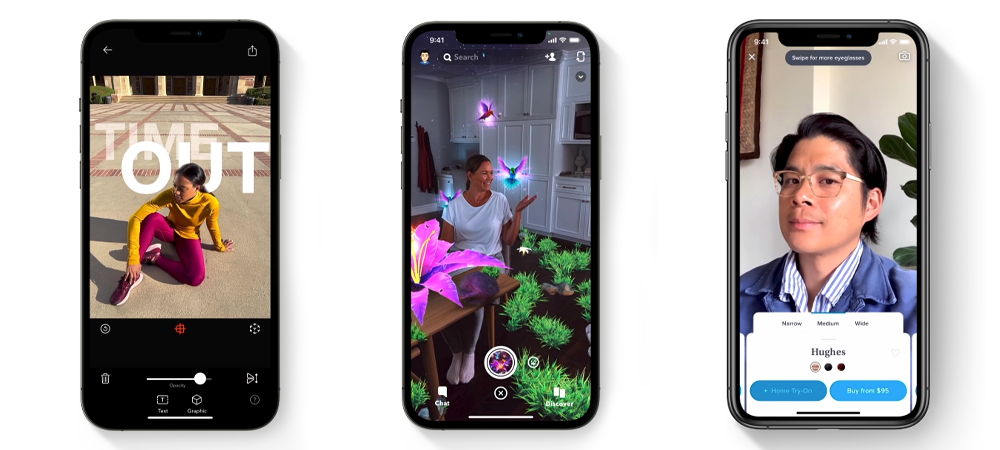
Image attribution: Apple AR
NVIDIA

NVIDIA works on a wide variety of different hardware and software projects. But they’re perhaps best known for their work on GPUs (Graphics Processing Units). GPUs are the driving force behind most 3D graphics. NVIDIA would automatically be a significant player in the world of extended reality, even if they weren’t involved in any other related technologies.
However, NVIDIA recently announced that they’re giving away free editions of the “Omniverse” virtual world design suite. It’s a $9,000 per year value. And NVIDIA is more than showing support for XR and the metaverse by giving it to select artists.
Video: What is NVIDIA Omniverse?
Binance

Binance is working on the economic side of extended reality through the Binance Exchange. This is one area where the world of XR neatly transitions into the larger metaverse. Binance has created a unique marketplace where XR users can buy, create, and trade unique digital assets.
Users can, of course, also use Binance as a crypto exchange. Binance is particularly notable because it strives to be as user-friendly to newcomers as possible. As such, it’s often people’s very first experience with the larger world of metaverse crypto exchanges. It encompasses almost all forms of NFT assets.
Video: Binance Blockchain Week – Paris, France
Extended Reality Concerns
Potential for progress is synonymous with potential for problems. And people do have some concerns about extended reality. This is partially due to the overall metaverse meaning of sitting within a fuzzy position in the world. The larger culture hasn’t decided what to make of the metaverse and extended reality.
There’s still a lot of debate about what should be allowed within it. These concerns become more apparent when metaverse crypto enters the discussion. Extended reality touches on many real-world issues like the economy, the job market, and social interaction.
Some people also worry that socioeconomic issues will become more strained due to the high cost of XR gear. This might not seem like a big issue if you’re looking at extended reality in entertainment. But keep in mind that XR has already become a big part of many professional and academic spaces. Access to XR could give or take the chance of upward mobility for people.
Additionally, there are some privacy concerns. XR requires some level of trust in a company. But even aside from the details you knowingly provide, there are also accidental contributions. For example, XR gear might note which advertisements caught your attention.
Extended reality can seem intimidating at first. It’s not just one complex technology but an entire collection of them. But now that you’ve learned about XR’s foundational elements, you can find the equipment that suits you best and venture outward.
Did You Like This Article About Extended Reality?
You might also be interested in the following articles:
- Metaverse Standards Forum; What Is it & Why Is it Needed?
- Horizon Workrooms; Meta’s VR Business Meeting Space
- Metaverse Events; 10 Incredible Options for Industry Professionals


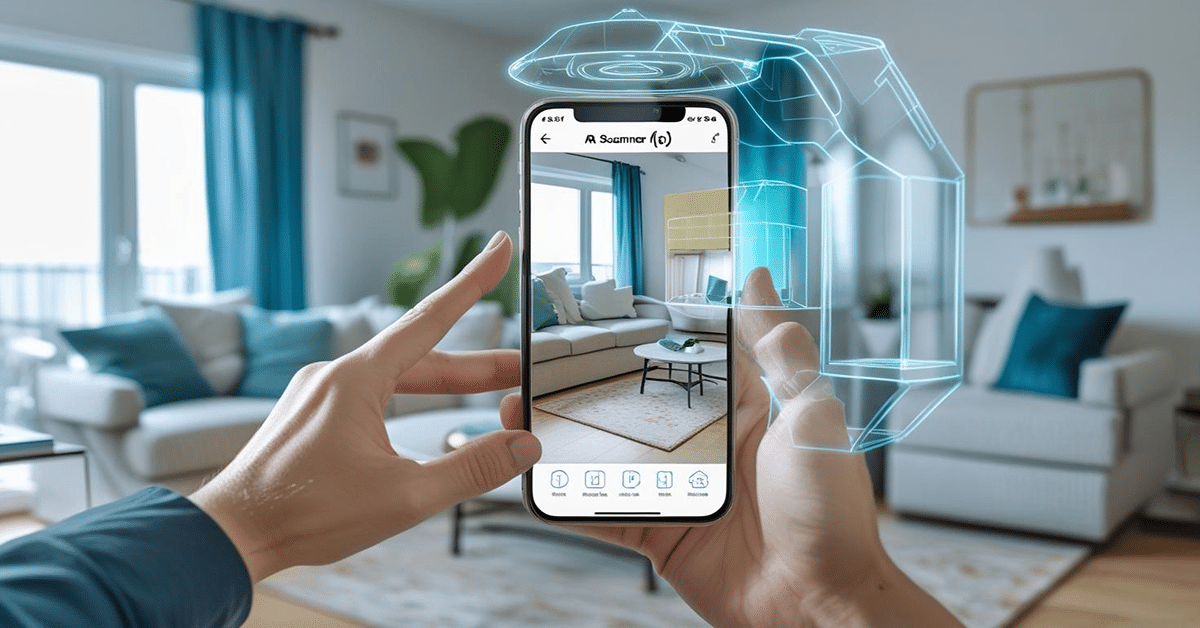
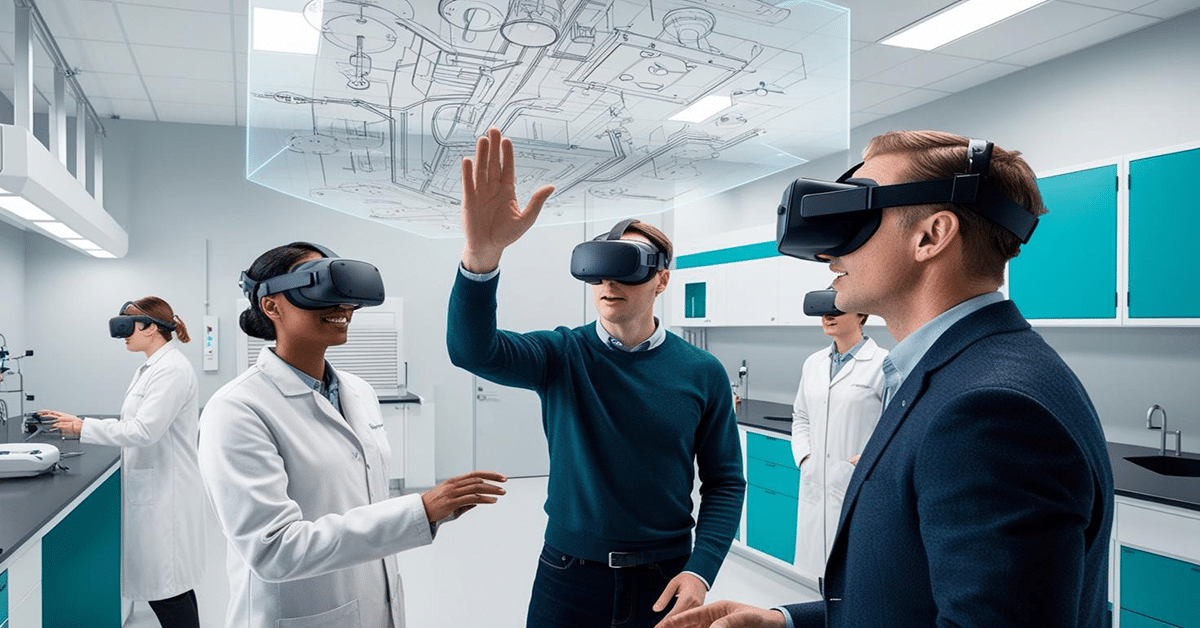
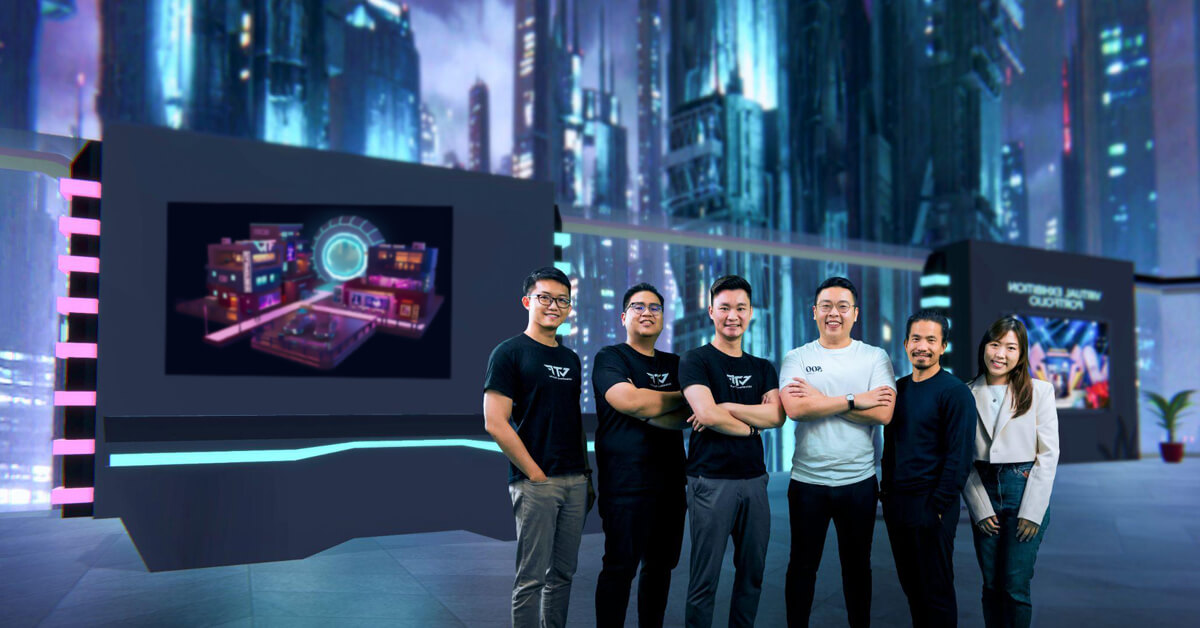

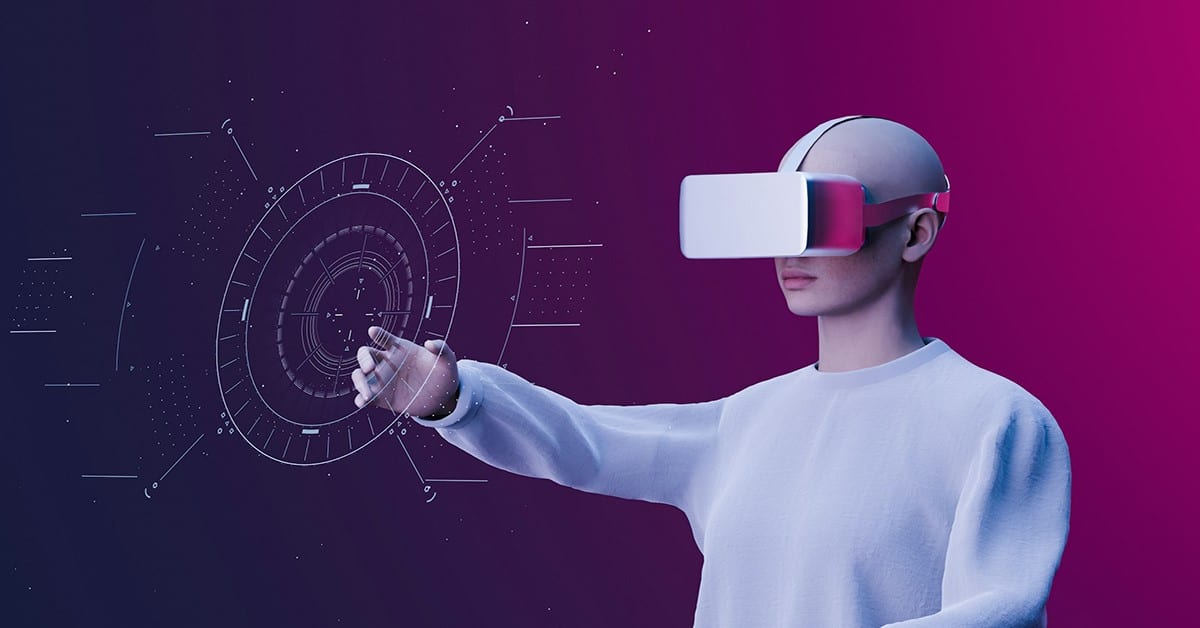
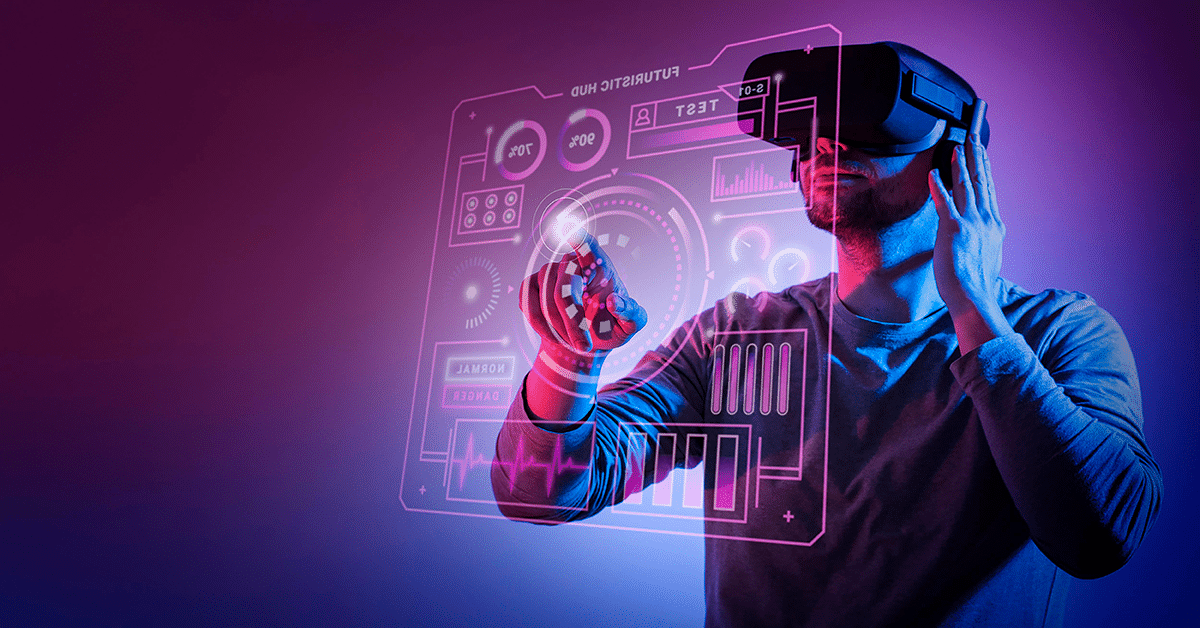

Leave A Comment